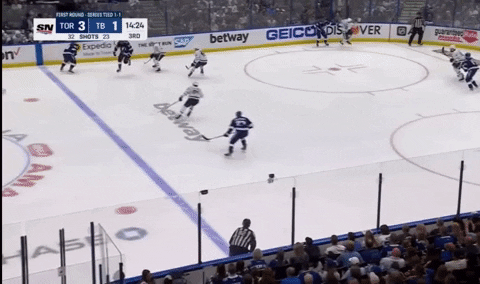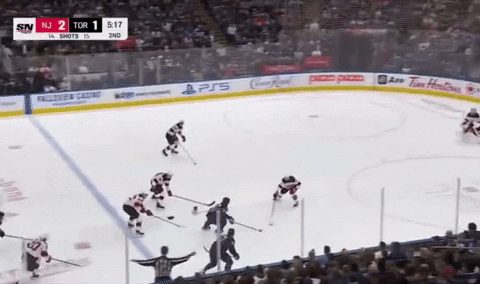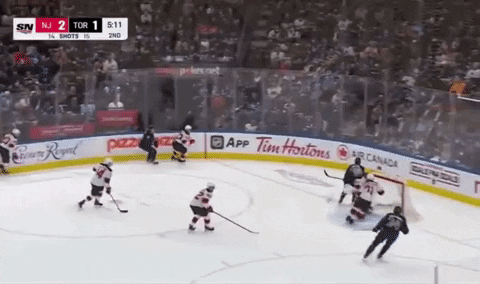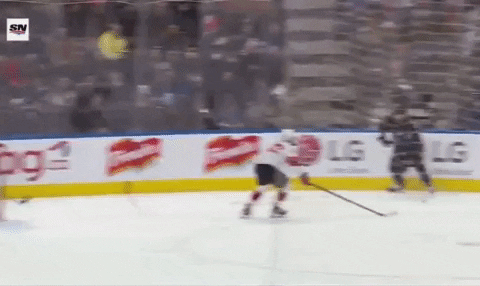In my humble opinion, tape-to-tape passes are overrated. But tape-to-space passes, otherwise known as area passes, are underrated.
Background
One of the worst phrases in hockey coaching is to “make tape-to-tape passes!” Why do we want tape-to-tape passes? Most coaches just want completed passes that check a box, and that’s why they yell the expression aimlessly. Players then start passing harder and often miss even more passes than before.
While there could be a lack of focus, more likely the players struggle with passing accuracy. Getting yelled at doesn’t solve the issue.
Tape-to-Space (Area) Passes
An area pass can be defined as a tactic where the passer spots the puck into an area of the ice currently unoccupied but allows the receiver the space to skate to that area.
There are many types of area passes:
Leading pass
Bank pass
Indirect pass
Drop pass
Punt pass
Dump to speed pass
More on the various types of passes: Saucer Pass: Beautiful, Lazy, High-Risk Pass
Area passes are the ultimate expression
An area pass is made to space where your teammate will get to first. This requires players to see space and speed. Those with high hockey IQ often see the space earlier than other players. Check out these area passes:
1. Offensive zone far corner bank pass to space
2. Offensive transition saucer area pass into speed
3. When there is no direct pass or indirect pass on ice level… go over the top!
Area Pass Sequence
This sequence is awesome where the offense only uses different types of tape-to-space/area passes.
1. Auston Matthews rims the pass into space for Mitch Marner. Marner then softly plays the puck behind the net where Michael Bunting has established positioning.
Bunting then uses a soft area slip pass to Matthews, who then throws a soft area saucer pass to an area for Marner to skate into. Marner goes hammer time for a goal.
This was a beautiful saucer pass tape-to-space play:
If a player could only make a hard tape-to-tape, there would be limited passing lanes/options. Tape-to-tape passes limit players’ ability to see passing options while tape-to-space pass opens up possibilities. These tape-to-space passes expand the offensive options and require more careful defending.
Rather than tape-to-tape… people should be yelling “TAPE-TO-SPACE!!!”
Further Reading









